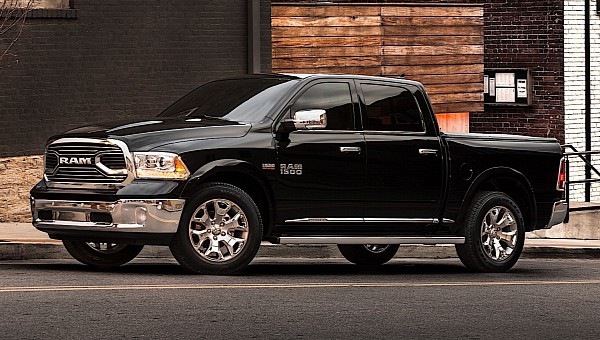The National Highway Traffic Safety Administration (NHTSA) submitted a new rule last month that would require passenger vehicles to have automatic emergency braking (AEB). By proposing the same rule for buses and heavy-duty trucks, which have a gross vehicle weight rating of more than 10,000 pounds, the agency is broadening its scope.
The technology has the potential to prevent 8,814 injuries and save 155 lives annually, according to the NHTSA. According to the data provided by the agency, there are approximately 60,000 rear-end collisions involving heavy-duty vehicles annually, and the technology could prevent over 19,000 of them.
The safety of passenger vehicle technology would also improve. The organization believes that requiring the technology could reduce injuries by 24,000 cars and save at least 340 lives annually. The system would have to function on all passenger vehicles traveling up to 62 miles per hour, according to the proposed rule. The AEB system would have to function between 6 and 50 mph under the NHTSA’s rule for heavy-duty vehicles.
According to a study conducted by the Insurance Institute for Highway Safety in 2022, pickup trucks equipped with the technology had a 43% lower rate of causing rear-end collisions. Additionally, there was a 42% decrease in injuries. Additionally, the study found that AEB would only be available on 8% of all registered pickups on the road in 2021. However, the good news is that AEB systems are standard on all new full-size trucks manufactured by Ford, Chevrolet, GMC, Ram, Toyota, Nissan, and Honda.
Another IIHS study found that vehicles equipped with crash prevention technology like AEB are more difficult to repair, despite the fact that the technology saves lives and reduces injuries. After making repairs, about half of those surveyed still had issues with these features, according to the institute’s research. As a result, these crucial systems become less reliable and may require more money to fix in the future.
After a final decision is made on the two rules, the proposal for passenger cars and heavy-duty vehicles would take effect three years later. Customers may not see any changes in new vehicles, large or small, for several years because automakers continue to increase the standard safety features in new models. However, the NHTSA has not specified when a final verdict may occur.


